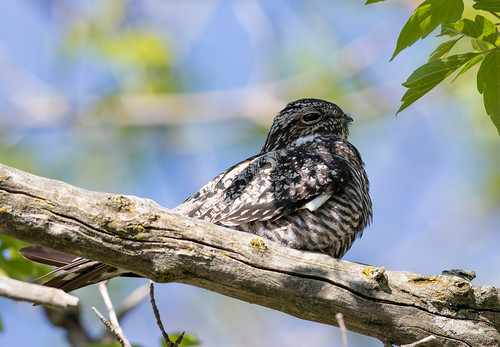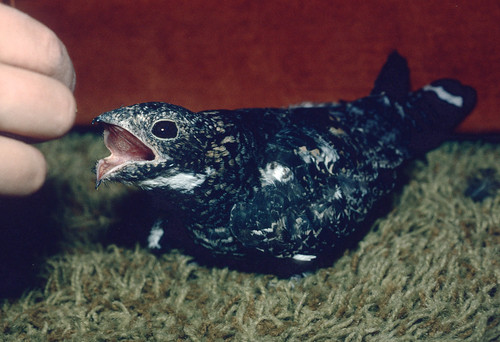A couple of weeks ago, I got an email from Emily Geissler who wrote that her sister, Beth, who listens to For the Birds, is sick with a ruptured appendix. She was in the hospital for a bit, and is dealing with a fairly long recovery period, too.
I’m one of the many people who does not have an appendix at all—mine was removed back in 1979. I didn’t have appendicitis or a ruptured appendix—just an ovarian cyst, but since the surgeon was rooting around in my abdomen anyway, he said removing my appendix was a “free service.”
The appendix is a tiny dead-end pouch where our large and small intestines meet. Back in both high school biology and the biology and human physiology courses I took in college, we learned as fact that the appendix is a vestigial remnant from our evolutionary past, no longer having any function at all. Nowadays, many researchers believe that the appendix serves as a repository for “good bacteria” in the gut, so after a bout of stomach flu or other illness, it can repopulate the intestines quickly. And some researchers have found a connection between lymphoid tissues and the appendix, suggesting that it promotes the body’s immune system. Of course, people who do not have an appendix—including both those of us who lost our appendix for no good reason and those like Beth who lost it because it ruptured or became infected—don’t suffer any adverse long-term effects, so even though the human appendix almost certainly has a function, it is not essential for good health.
Many species of birds also have an appendix. James Macartney wrote about the appendix in a paper for the Royal Society of London way back in 1811, when scientists very keenly focused on comparative anatomy. Macartney wrote that the snipe has a huge appendix, lined with mucous follicles; Macartney concluded that it “performs the function of a mucous gland.” He also noticed that the appendix in birds is a remnant of the embryo’s yolk sac.
I never learned anything about birds’ appendices, but did a lot of study into a related structure, also set where the large and small intestines meet—the caecum. One of the first birds I received back when I was a rehabber was a nighthawk with an injured wing. When I first held him, he pooped on my hands, and YUCK! The mess was like no bird poop I’d ever encountered before—a dark brown, slimy liquid with a horrifying odor. Most of the time, this bird’s droppings looked fairly normal though a bit more smelly than most birds’, but once a day throughout the two and a half months I had him before he was released, he’d produce one of these yucky, messy droppings. I thought he must have a unique digestive disorder, but he was otherwise healthy and after his wing healed, a strong flier.
The next nighthawk I took in had the same weird condition. I was a stay-at-home mother at the time, with plenty of time to help birds that needed extra TLC, and so became one of the few rehabbers who was very successful with nighthawks. And I couldn’t help but pay attention to their poop.
I finally found out that the smelly dropping once a day was called a “caecal dropping.” Ruffed Grouse produce these, too—their caeca, which grow enormous in winter when they’re eating tree buds, harbor anaerobic bacteria that produce an enzyme to help them digest cellulose so they can get nourishment from woody tissue.
My ill-fated Ph.D. research project was to find out why nighthawks, which never eat anything with cellulose, have such well-developed caeca—I’m very proud that I’m the one who figured out that the bacteria in them produce an enzyme to help nighthawks digest chitin from insect exoskeletons.
Herbivorous mammals have well-developed caeca, but ours is fairly tiny, like our appendix. These two intestinal structures are so strange and mysterious that people still don’t thoroughly understand them, in our own species or in most other species. I don’t know that any bird has ever been known to suffer from appendicitis or a ruptured appendix. I hope that’s because it doesn’t happen rather than that there’s no way of our finding out. As dangerous and awful as a ruptured appendix is, many of us humans at least can access medical care. I hope Beth is feeling a lot better and out enjoying birds again as soon as possible.
 |
| A little bird told me Beth is particularly fond of White-throated Sparrows. I hope she's completely better when these guys appear in a month or so! |



